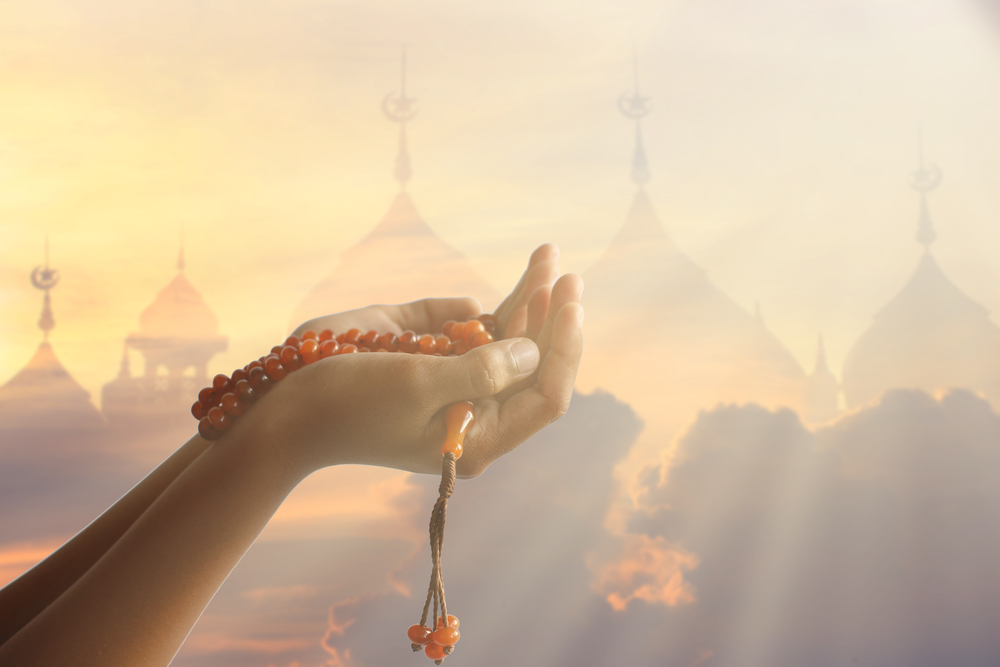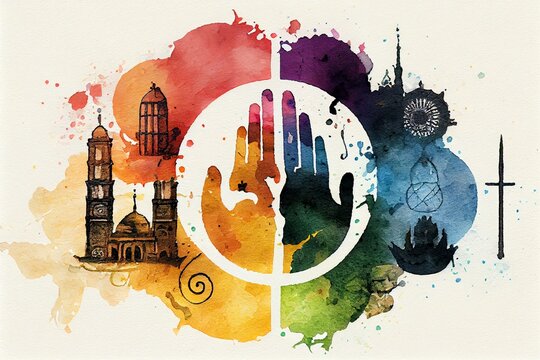Iran: Rafsanjani Poised to Outflank Supreme Leader Khamenei
Eurasianet
 |
Former Iranian President Ali Akbar Hashemi Rafsanjani shown here voting with reform leader former Iranian President Mohammad Khatami. (Photo: Amir Kholoosi / ISNA) |
Looking past their fiery rhetoric and apparent determination to cling to power using all available means, Iran’s hardliners are not a confident bunch. While hardliners still believe they possess enough force to stifle popular protests, they are worried that they are losing a behind-the-scenes battle within Iran’s religious establishment.
A source familiar with the thinking of decision-makers in state agencies that have strong ties to Supreme Leader Ayatollah Ali Khamenei said there is a sense among hardliners that a shoe is about to drop. Ali Akbar Hashemi Rafsanjani – Iran’s savviest political operator and an arch-enemy of Ayatollah Khamenei’s – has kept out of the public spotlight since the rigged June 12 presidential election triggered the political crisis. The widespread belief is that Rafsanjani has been in the holy city of Qom, working to assemble a religious and political coalition to topple the supreme leader and Pres. Mahmoud Ahmadinejad.
“There is great apprehension among people in the supreme leader’s [camp] about what Rafsanjani may pull,†said a source in Tehran who is familiar with hardliner thinking. “They [the supreme leader and his supporters] are much more concerned about Rafsanjani than the mass movement on the streets.â€
Ayatollah Khamenei now has a very big image problem among influential Shi’a clergymen. Over the course of the political crisis, stretching back to the days leading up to the election, Rafsanjani has succeeded in knocking the supreme leader off his pedestal by revealing Ayatollah Khamenei to be a political partisan rather than an above-the-fray spiritual leader. In other words, the supreme leader has become a divider, not a uniter.
Now that Ayatollah Khamenei has become inexorably connected to Ahmadinejad’s power grab, many clerics are coming around to the idea that the current system needs to be changed. Among those who are now believed to be arrayed against Ayatollah Khamenei is Grand Ayatollah Ali al-Sistani, the top Shi’a cleric in neighboring Iraq. Rafsanjani is known to have met with Grand Ayatollah al-Sistani’s representative in Iran, Javad Shahrestani.
A reformist website, Rooyeh, reported that Rafsanjani already had the support of nearly a majority of the Assembly of Experts, a body that constitutionally has the power to remove Ayatollah Khamenei. The report also indicated that Rafsanjani’s lobbying efforts were continuing to bring more clerics over to his side. Rafsanjani’s aim, the website added, is the establishment of a leadership council, comprising of three or more top religious leaders, to replace the institution of supreme leader. Shortly after it posted the report on Rafsanjani’s efforts to establish a new collective leadership, government officials pulled the plug on Rooyeh.
Meanwhile, the Al-Arabiya satellite television news channel reported that a “high-ranking†source in Qom confirmed that Rafsanjani has garnered enough support to remove Ayatollah Khamenei, but an announcement is being delayed amid differences on what or who should replace the supreme leader. Some top clerics reportedly want to maintain the post of supreme leader, albeit with someone other than Ayatollah Khamenei occupying the post, while others support the collective leadership approach.
To a certain degree, hardliners now find themselves caught in a cycle of doom: they must crack down on protesters if they are to have any chance of retaining power, but doing so only causes more and more clerics to align against them.
Security forces broke up a small street protest on June 22 involving roughly a thousand demonstrators who had gathered to mourn the victims of the government crackdown two days before. Also on June 22, a statement issued in the name of the Revolutionary Guards demanded that protesters immediately stop “sabotage and rioting activities,†and threatened to unleash “revolutionary confrontation†against anyone who took to the streets.
Such a showdown could come later this week. One of the country’s highest-ranking clerics, Grand Ayatollah Hussein-Ali Montazeri has declared three days of mourning for those who have died in street protests. Grand Ayatollah Montazeri’s declaration could bring thousands of Tehran residents back out into the streets starting on June 24.
Meanwhile, the Guardian Council, an unelected state body with election oversight responsibilities, announced June 21 that it had found numerous irregularities connected with the June 12 presidential vote. A council spokesman, for example, admitted that the number of votes cast in 50 cities throughout the country exceeded the number of registered voters in those locations. The Guardian Council indicated that there may be as many as 3 million suspect ballots, but stressed the suspected cases of fraud were not such that it could have influenced the outcome of the vote. [For background see the Eurasia Insight archive]. Ayatollah Khamenei has repeatedly characterized the election as a “divine assessment†of Ahmadinejad’s popularity.
An election analysis released by the London-based Chatham House appeared to confirm that the official results, in which Ahmadinejad was said to have won with nearly two-thirds of the vote, could only have been achieved with massive vote-rigging. The report was based on voting patterns from previous national elections, and on a 2006 census.
“In a third of all provinces, the official results would require that Ahmadinejad took not only all former conservative voters, all centrist voters and all new voters, but also up to 44% of former reformist voters, despite a decade of conflict between these two groups,†said the report, which was prepared with the help of the Institute of Iranian Studies at the University of St. Andrews. The report also used statistical arguments to dispute the notion that Ahmadinejad was popular in rural areas of Iran. “That the countryside always votes conservative is a myth,†the report said.
11-27












2009
873 views
views
0
comments